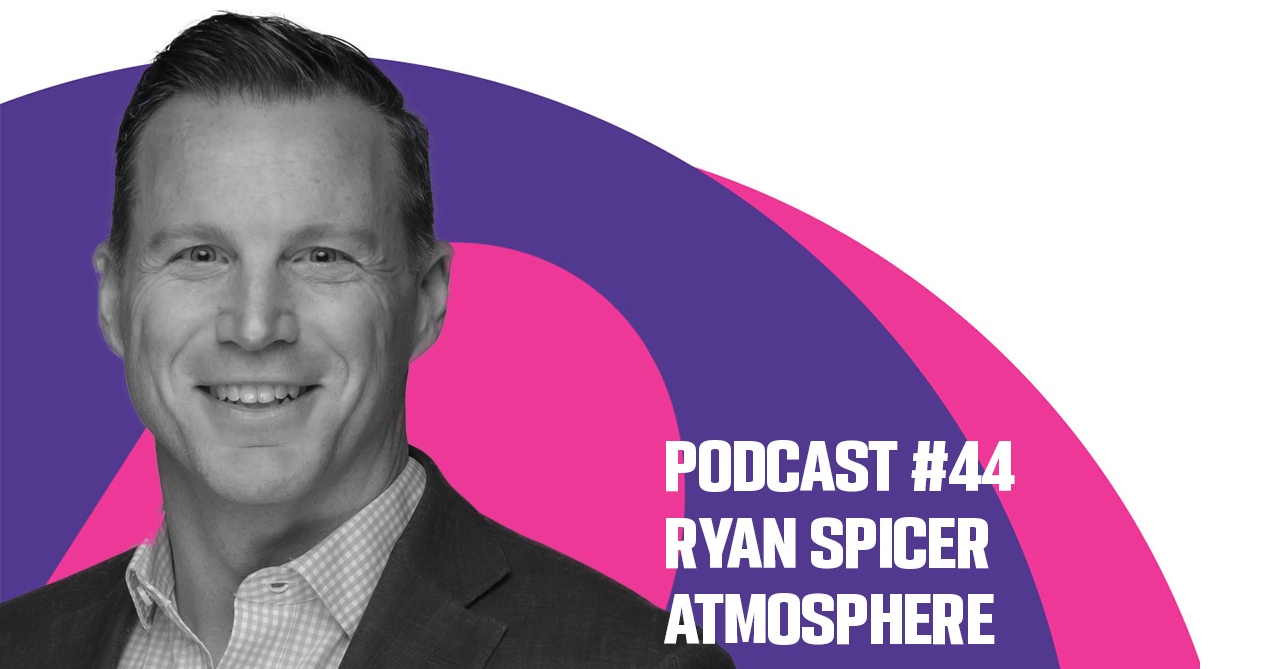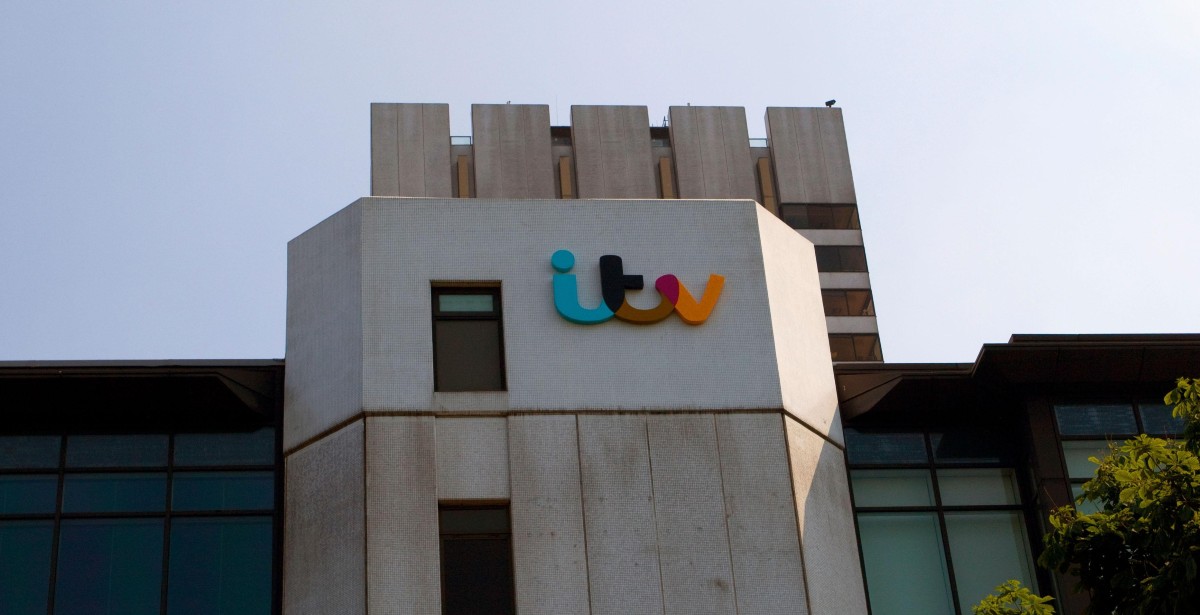Google has begun blocking third-party cookies for one percent of traffic on its Google Chrome web browser, as it kicks off the long awaited (and delayed) process of sunsetting the tracking tool. The move is designed to let web publishers, advertisers, ad tech companies, and any other business which used third-party cookies test their ability to serve cookie-free traffic.
Google says that one percent of global Chrome users have been chosen randomly, and will be notified when they first open Chrome on either desktop or Android. For those users, third-party cookies will now be blocked by default. This means that publishers, ad tech companies, and other partners can’t drop or see third-party cookies for those users. In any cases where a website appears unable to load properly due to the absence of third-party cookies, users included in this limited rollout will be able to temporarily enable them for that website specifically.
In theory, today marks the first step in a process which will see Google ramp up the amount of users for whom third-party cookies are blocked in Q3 this year, culminating in 100 percent coverage in Q4. Some in the industry are still sceptical of whether this will actually happen. Some believe that the industry will ultimately need more time to prepare, or that the UK’s Competition and Markets Authority will block the move. The CMA has secured a legally binding commitment from Google that it won’t remove third-party cookies until the regulator is satisfied there won’t be anticompetitive consequences.
Limits to learnings
This early, limited rollout should in theory give the industry a better chance to test out alternatives and ensure they’re prepared for the ramp up in Q3. It should help businesses test Google’s own Privacy Sandbox tools, designed to replace third-party cookies, as well as third-party cookie-free tools.
Lukasz Wlodarczyk, VP of programmatic ecosystem growth and innovation at RTB House, described the tests as “a starting point for the essential feedback loop in evolving new ad technologies.” But he also warned that the initial data the industry gets from these tests may not be accurate. “It’s vital to acknowledge that the initial one percent user test is insufficient for comprehensive learning,” he said. “Buyers may (and most likely will) allocate higher budgets to cookieless campaigns during this phase, potentially distorting metrics. This will skew core metrics across publishers, ad tech companies, and advertisers. A broader data set is needed for a meaningful evaluation of the cookieless impact.”
That’s for those who actually engage with the rollout. But a consistent theme, picked up by the CMA in its monitoring of the Privacy Sandbox, has been a lack of engagement in testing (specifically of Google’s tools, rather than third-party alternatives). Publishers, advertisers, and ad tech companies are already used to operating in cookie-free environments for a portion of web traffic, since other web browsers including Safari and Mozilla already block third-party cookies by default. The one percent of Chrome traffic now added to this pool of cookie-free traffic won’t necessarily make a big splash. Those who have avoided trialling cookie-free technologies won’t have their hand forced by this very limited rollout.
So it may well be that some continue to kick the can down the road. If that’s the case it won’t be until Q3, when Google begins ramping up the number of users without third-party cookies, that we’ll see if the industry is ready for the complete removal of third-party cookies or not.





